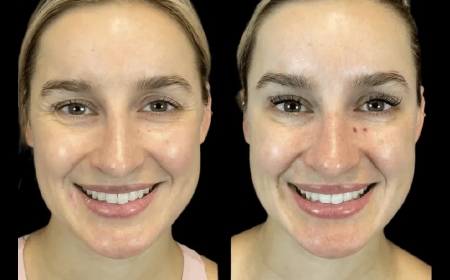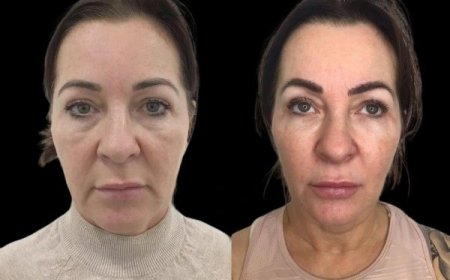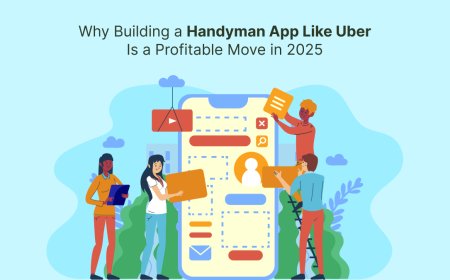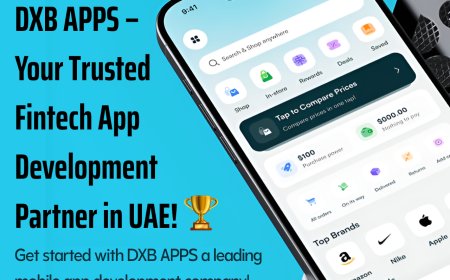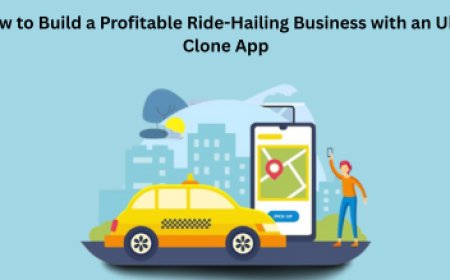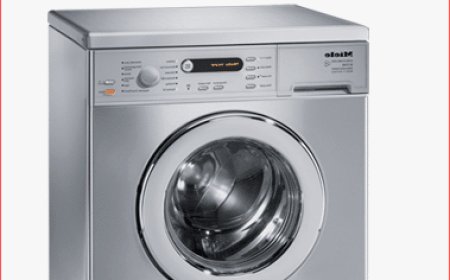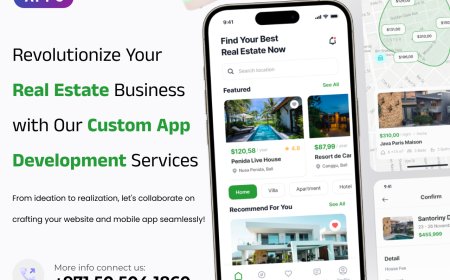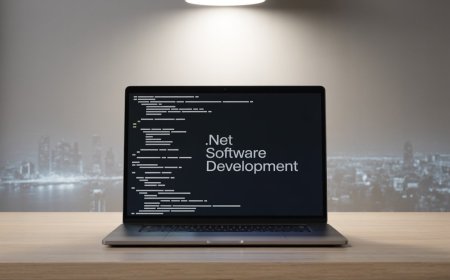Healthcare & Telemedicine App Compliance beyond HIPAA: What You Really Need to Know
This post offers a clear, actionable healthcare app compliance guide for developers, founders, and product leads looking to navigate healthcare regulations beyond HIPAA.
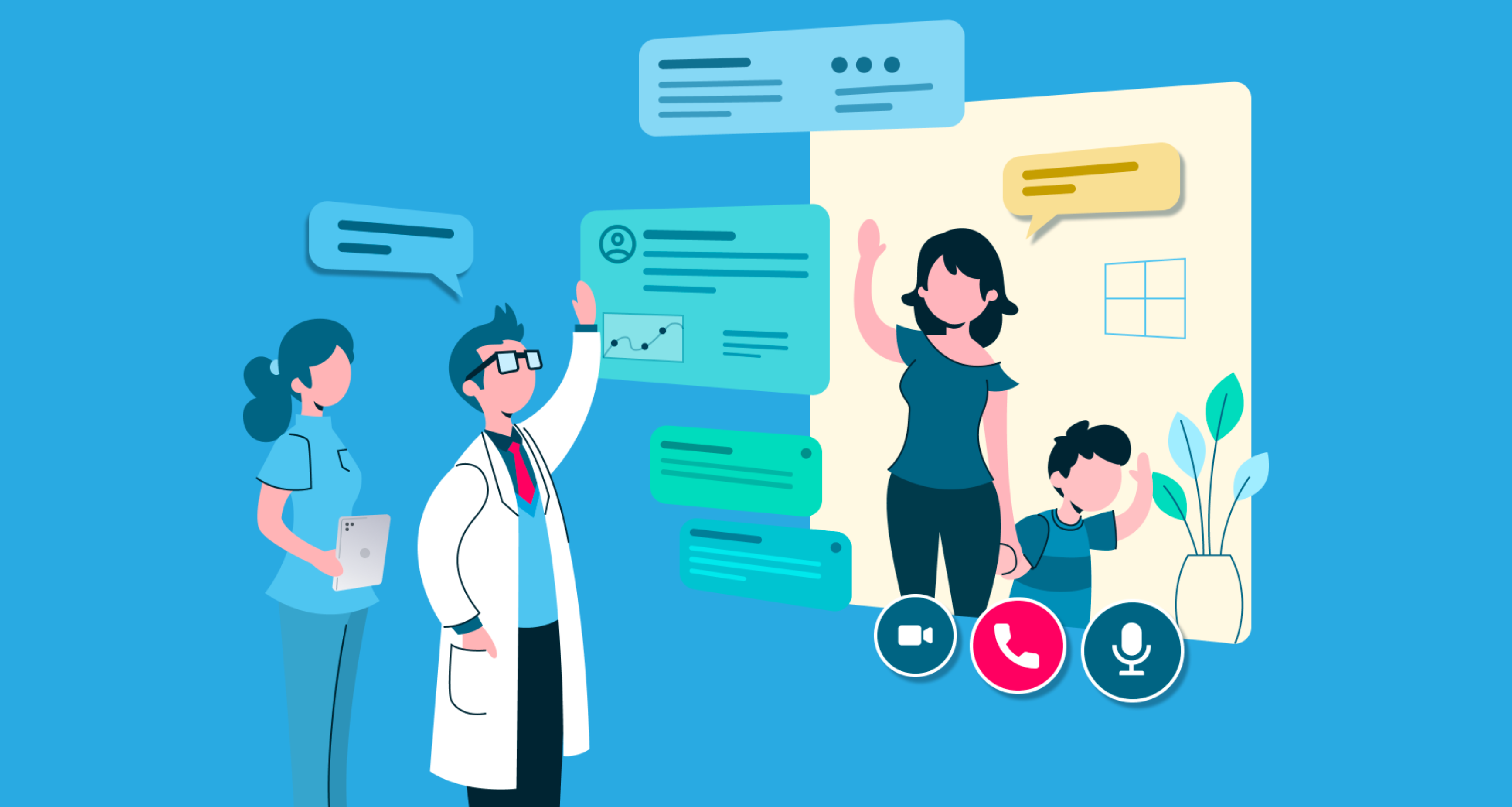
The surge in healthcare and telemedicine apps has made virtual care more accessible than ever. From mental health platforms and chronic condition trackers to real-time video consultations, mobile health apps have become a lifeline for millions. But with this growth comes serious regulatory responsibility. While most healthcare developers are familiar with HIPAA, the compliance landscape goes far beyond itespecially for apps that handle international users, payment data, or AI-powered diagnostics.
If you're building a mobile health solution, compliance cant be an afterthought. From mobile telemedicine security to patient consent and data portability, todays requirements are broader, deeper, and more regionally fragmented than ever before. And if you're working with a trusted mobile app development company in Los Angeles, ensuring your app meets and exceeds these requirements from day one is essential to avoid costly mistakes.
This post offers a clear, actionable healthcare app compliance guide for developers, founders, and product leads looking to navigate healthcare regulations beyond HIPAA.
The Limits of HIPAA Compliance
The Health Insurance Portability and Accountability Act (HIPAA) is the foundational regulation for handling protected health information (PHI) in the U.S. It covers aspects like data privacy, breach notification, access controls, and third-party agreements.
However, HIPAA:
Only applies to covered entities (like healthcare providers and insurers) and business associates (such as app vendors handling PHI on their behalf)
Doesn't cover consumer health apps used independently by patients (e.g., wellness apps or fitness trackers)
Doesnt fully address emerging tech such as AI diagnostics, wearables, or behavioral nudges
Many developers assume HIPAA compliance alone is enough. But in a mobile-first, cloud-powered ecosystem, thats a risky oversimplification.
Going Beyond HIPAA: What Else Applies?
Here are the major frameworks and regulations your healthcare or telemedicine app may also need to comply with:
1. GDPR (General Data Protection Regulation)
If your app handles data from EU users, GDPR appliesregardless of where your business is based. Key provisions include:
Explicit consent for data collection and processing
Right to access and erase data
Data minimization (only collect whats necessary)
Mandatory data protection officers for some health-focused platforms
Failure to comply can result in fines of up to 20 million or 4% of annual global turnover, whichever is higher.
2. CPRA (California Privacy Rights Act)
Californias updated consumer data law now treats health-related information with heightened scrutinyeven if it's not covered under HIPAA. For instance, a telemedicine app collecting location, biometrics, or mood tracking may be subject to CPRA.
3. HITECH Act
An extension of HIPAA, HITECH introduces breach notification requirements and applies to any cloud or third-party vendors involved in processing electronic health records (EHRs). If your app integrates with EHR systems, youre likely subject to HITECH too.
4. FDA Regulation (for Diagnostic Apps)
If your app offers clinical decision support, diagnostics, or therapeutic guidance, it might qualify as a Software as a Medical Device (SaMD) and be subject to FDA review. This requires compliance with quality system regulations and clear risk labeling.
5. Payment Compliance (PCI DSS)
If your app handles in-app payments for services (e.g., paid virtual consultations), youll also need to follow PCI DSS standards for encryption, card tokenization, and secure data handling.
What Mobile Telemedicine Security Really Looks Like
Security isnt just encryptionits architecture, access, and user experience. A best-in-class mobile telemedicine security strategy typically includes:
End-to-end encryption for all video, audio, and message transmissions
Role-based access control (RBAC) to ensure only authorized staff can view sensitive data
Secure storage using encrypted databases (like AES-256) with key rotation policies
Device authentication and biometric login to ensure sessions are user-verified
Audit logging for all user actions involving PHI
Automated timeout and session expiration to prevent unauthorized access
Modern apps also need to account for data security during transit and at rest, especially when integrating with cloud services, wearable devices, or third-party analytics tools.
A seasoned mobile app development company should help you architect the entire platform with security as a foundational pillarnot a bolt-on feature.
Building User Trust: Consent, Transparency & UX
Compliance also intersects directly with user experience. Your onboarding, permissions, and data flow must clearly explain:
What data is collected?
How it will be used
Who it will be shared with
How users can access, delete, or export their data
A consent screen filled with legal jargon doesnt cut it anymore. Clear UX copy, layered disclosures, and user-friendly toggles are the new compliance standard.
For example:
Offer opt-ins for location tracking or background monitoring
Let users choose whether their anonymized data can be used for R&D
Provide export options in machine-readable formats
This isnt just about avoiding lawsuitsits about building trust in sensitive environments like healthcare.
International Expansion? Multiply Your Compliance Burden
If your app scales internationally, each region may introduce new legal obligations. For example:
Canadas PIPEDA requires explicit consent and breach reporting
Australias Privacy Act applies to any company offering services to Australians, even if based elsewhere
Indias Digital Personal Data Protection Act (DPDP) introduces strict rules around cross-border data transfers
A one-size-fits-all privacy policy wont work. Youll need a dynamic compliance framework and possibly country-specific deployment models.
Staying Ahead of the Curve
Healthcare compliance isnt static. As telehealth evolves, so do the laws. In the next few years, expect new regulatory shifts around:
AI-generated health recommendations
Digital therapeutics and wearable integrations
Cross-platform patient identity resolution
To stay compliant long-term, youll need:
Ongoing legal audits
Proactive vulnerability testing
Regular policy updates in your app
Final Thoughts
Telemedicine and healthcare apps are among the most complex digital products you can buildnot because of the features, but because of the multi-layered compliance landscape. HIPAA is just the starting point. Real security and trust come from a complete, user-first approach to global regulations, secure infrastructure, and ethical design.
If you're developing a digital health product, work with an industry leader that understands both the technical and legal nuances of the industry. With the right strategy, your app wont just be compliantitll be scalable, secure, and user-approved.








